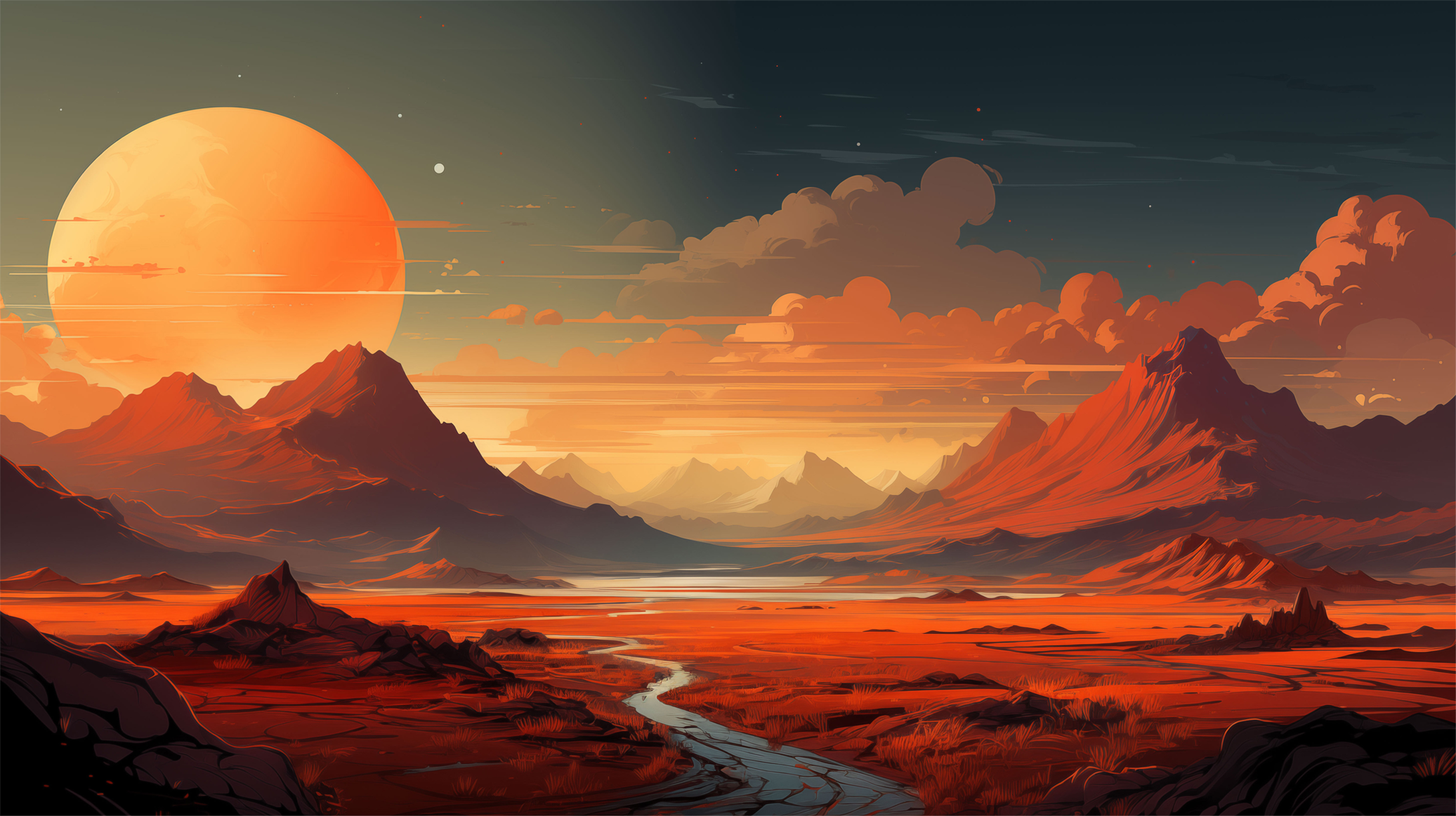

Gate Runner

Block Craft J

Coloring Unde

Find 5 Differ

Military Sold

Modern Bus Pa

Desafio Gamer

Mr Archer

La Rex

Sprunki Jigsa

Sprinter

Baby Hazel Mo

Neon Pong

Top Boat Wate

Eg Quiz Games

Punch Bob

Kids Zoo Farm

Roll Color

One Dot

Baby Doll Hou

Kingdom Of Th

Shop Sorting

Orc Invasion

Amaze!!!

Delicious Foo

Worms Combat

Big Must Jump

Crazy Chase

Impossible Tr

Abcs Of Hallo

Flick Snowbal

Rescue The Ra

Zombie Attack

Tower Jump

Defence Of Co

Amazing Princ

Puzzdot

Floating Wate

Puppet Hockey

Jeep Parking

Jumping Ninja

Crazy Maze

Knockdown

Bootle Target

Tangram

Cartoon Racin

Bike Rush

Bts Kids Puzz

Baby Hazel Th

Crazy Tunnel

Color Jump

Flying Car Ex

Mahjong Pet Q

Crush The Ani

Crazy Dog Rac

Xtreme Dirt B

Pimp My Car

Gladiator War

Polar Fishing

Train Lines R

Stick Duel :

Rooftop Royal

2 Dots Challe

Halloween Hid

Balance Tower

Veterinary Do

Easter Mahjon

Double Guns

Toyota Prius

Ball Picker 3

My Valentine

Color Clock

Word Search S

Color Maze

Kids Country

The Mayor Cit

Special Force

Kogama Kizi A

Easter Jigsaw

Fomula 1 Insa

Police Drift

Happy Bird Ju

Drive Safe

Easter Egg Li

Pottery Store

Tricky Track

Warriors Agai

Big Pizza Del

Santa Run

Pizzeria

Real Free Pla

Bed Wars

The Hard Way

Basic Math

Monster Truck

Baby Hazel Si

Hurry Pen

Spider Solita

Baby Vincy Aq

Color By Numb

Bhide Pickle

Guess The Pix

Modern City B

Monster Truck

Real Car Par

School Puzzle

Crazy Pubg Pi

Chop Hand

Justin And Se

Save Pizza

Cups And Ball

Drag And Drop

Bubble Witch

Die Or Dodge

Flappy Flying

Pull The Pin

Royal Offense

Long Hair Pr

Gungame 24 Pi

Cartoon Fligh

Superheroes F

Stickman Figh

Spot&differs

Wonders Of Eg

Puzzle Wood B

G Wagon City

Save The Beau

Two Dots Rema

Bus Driver

Valentine Hid

Noob Archer M

Bike Racing

Help The Kitt

Extreme Toy R

Squid Fall Gu

Craft World -

Dog Puzzle St

Jump On 2

Trader Rush

Hero Tower Wa

Escape From D

Real Extreme

Rescue The Go

Bubble Shoote

Waterpark Sli

The Smurfs Oc

Archer Hero A

Funny Travell

Japanese Raci

Tankroyale.io

3 Link

Xmas War Mult

Happy Hallowe

Type Run

Elite Ghost S

Water Slide C

Sort Hoop

Motorcycle An

Laser Maker

Animals Mahjo

Funny Easter

Teddy Escape

Color Clock

Baby Hazel Ha

Flipsurf.io

Rush Crash Ra

Amsterdam Car

Topdown Monst